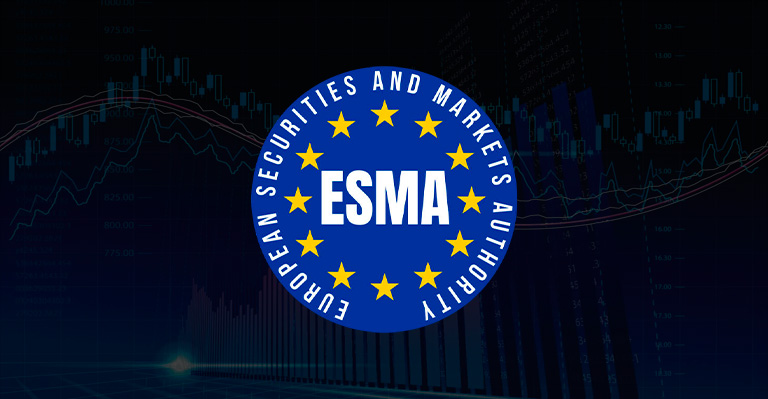TL;DR
- Widening Risk Exposure: ESMA warns that the growing integration of crypto with traditional finance could trigger systemic issues if crypto prices decline sharply.
- Unpredictable Market Turbulence: Events like the FTX collapse and the Bybit exploit highlight crypto’s inherent instability and its potential to impact broader financial systems.
- Need for Enhanced Oversight: Despite MiCA regulations, increasing retail involvement and institutional adoption call for tighter measures to safeguard financial stability.
The European Securities and Markets Authority (ESMA) has issued a stark warning about the increasing risks posed by cryptocurrency to traditional financial markets. As digital assets continue to gain traction and intertwine with conventional finance, ESMA cautions that sharp declines in crypto prices could have ripple effects across the broader financial system.
Natasha Cazenave, ESMA’s executive director, highlighted the growing interconnections between crypto and traditional markets, particularly in the United States, where institutional adoption is accelerating. While crypto currently represents only 1% of global financial assets, its rapid evolution demands closer scrutiny to prevent potential disruptions.
The Expanding Reach of Crypto in Financial Markets
Cazenave emphasized that crypto markets evolve unpredictably, making it crucial for regulators to monitor developments closely. She pointed to the recent industry turmoil, including the $1.4 billion Bybit exploit and the infamous collapse of FTX in 2022, as examples of how instability in the crypto sector can impact broader financial stability.
Despite the European Union’s implementation of the Markets in Crypto-Assets (MiCA) regulation, Cazenave stressed that there is “no such thing as a safe crypto-asset.” While MiCA represents a significant step forward in regulatory oversight, she suggested that additional measures may be necessary to mitigate future risks.
Institutional Adoption and Retail Participation

While crypto adoption has surged in the U.S., European banks remain largely hesitant, with over 95% avoiding direct involvement in digital assets. However, retail participation is steadily increasing, with estimates suggesting that 10% to 20% of European investors now have crypto exposure.
This growing interest among retail investors aligns with global trends, as digital assets become more integrated into mainstream financial portfolios. The convergence of crypto and traditional markets is happening at a rapid pace, raising concerns about potential systemic risks.
The Future of Crypto Regulation in Europe
As the crypto industry continues to expand, ESMA’s warning underscores the need for vigilant regulatory oversight. The agency’s call for closer monitoring reflects the broader uncertainty surrounding digital assets and their long-term impact on financial stability.

